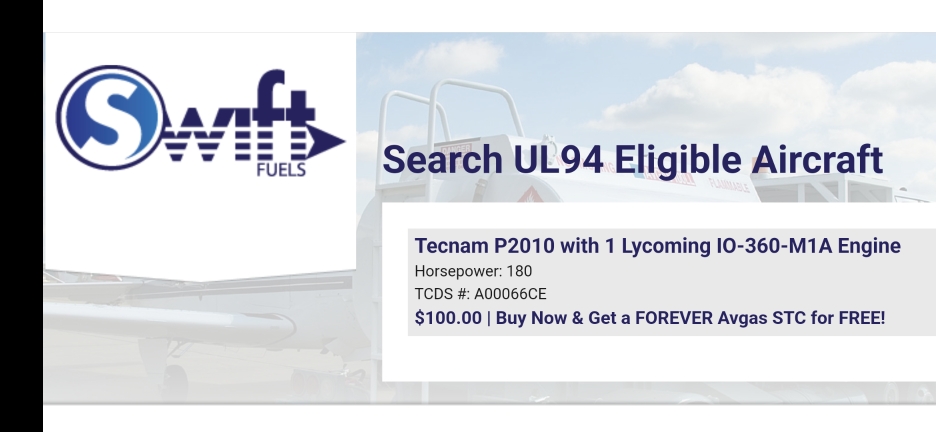@R.L Mauzy large cylinder bore, low rpm, high compression and supercharging all drive a need for higher octane, in conjunction with the required full power ignition advance and mixture setting. Those four factors also decrease the weight and/or complexity of an aircraft engine for a given power output, which is why high octane fuel is a good thing for aircraft performance and practicality. However, most of the engines we fly do not require anything like 100LL fuel, many smaller cylinder engines are certified on 80/87 and could use it if available while other mid-size bore, higher compression engines can run with fuel octane numbers in between 80/87 and 100LL, as described by others.
A side note is that the simple fixed ignition timing on aircraft engines has little impact on fuel octane required as the fixed timing is set to the angle appropriate for maximum power, which is also when you require the most fuel octane. Fixed ignition timing does affect efficiency at lower manifold pressures and high rpm where more advance can be used than at full power. In particular this means fixed ignition timing affects high altitude efficiency for a non-supercharged engine, but it does not affect the octane requirement for full power operation.
Another side note is that dual ignition decreases the fuel octane requirement, in effect like reducing the cylinder bore, so if you have a mag failure detonation is more likely at high power settings.

